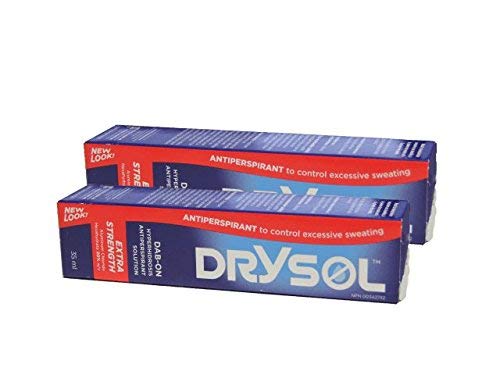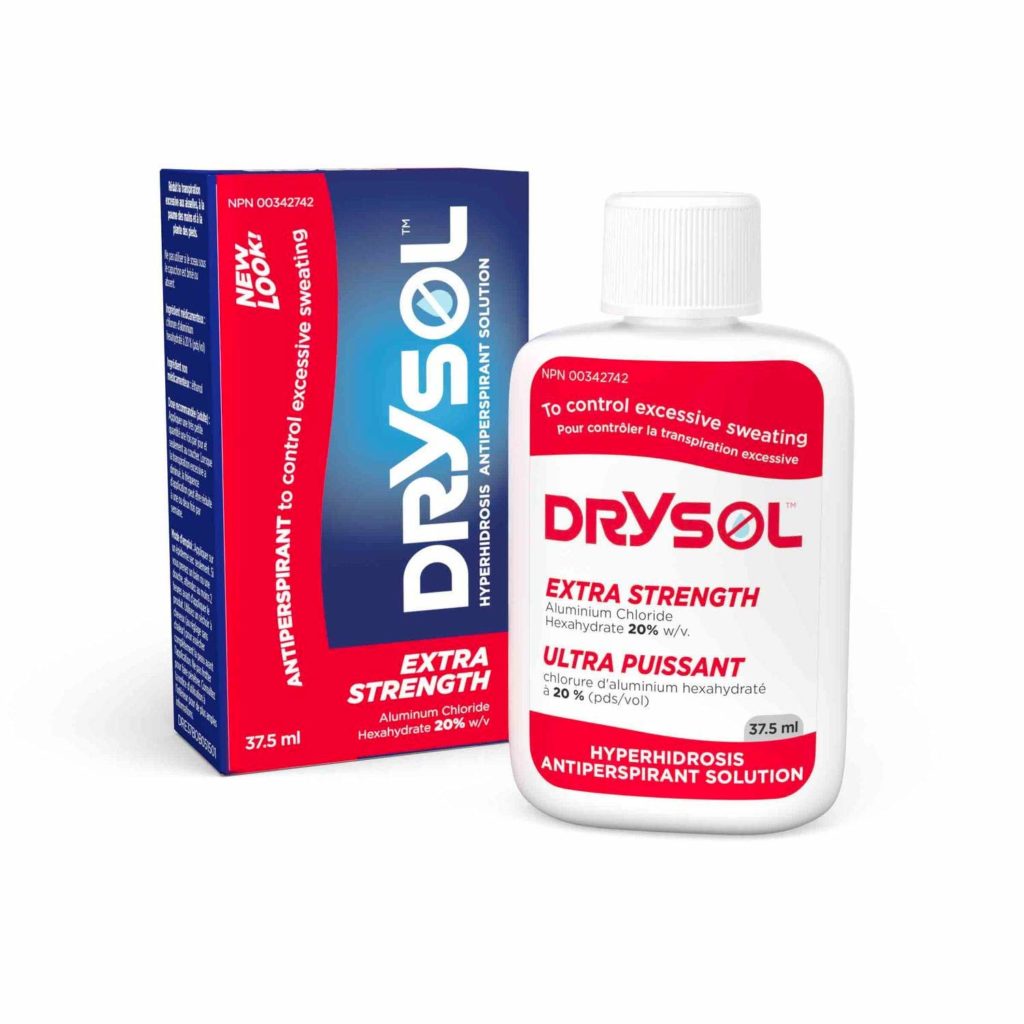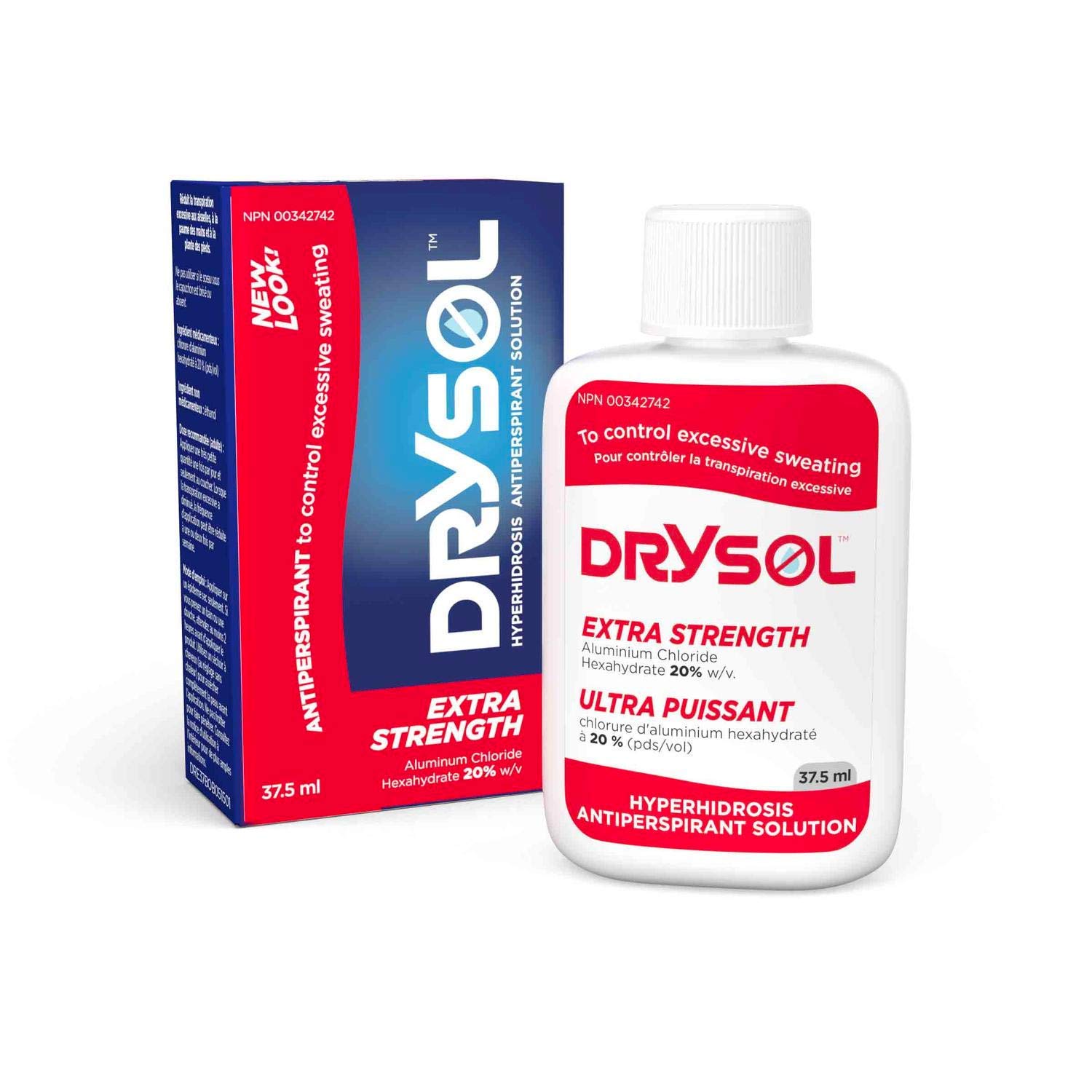Excessive Sweating (Hyperhidrosis)
Overview
Hyperhidrosis refers to a medical condition of excessive sweating. It may affect up to 5% of the population. Hyperhidrosis is characterized by uncontrolled, excessive sweating and can cause significant psychological and social stress.
Symptoms
Hyperhidrosis is usually classified as generalized or localized (focal). Generalized hyperhidrosis involves the entire body and may be the result of an underlying medical condition or medication.
Focal hyperhidrosis refers to sweating in a particular area. Most commonly it affects the underarms, palms, soles, face, and or scalp. Focal hyperhidrosis may also be associated with an underlying condition, but it is most often idiopathic (no known cause).
Treatment
Prescriptions
Qbrexza (glycopyrronium) is a prescription wipe that was recently approved by the FDA. Prescription oral anticholinergic medications such as glycopyrrolate may be effective, but carry potential side effects.
Procedures
Procedures which treat hyperhidrosis include iontophoresis, botulinum toxin injections, laser therapy, and surgery. In severe cases, such options may be explored under the direction of a physician.
OTC Treatment Options
Underarms
Treat

Drysol DOM (20% aluminum chloride)
Dove Clinical Protection Antiperspirant Deodorant (aluminum zirconium tetrachlorohydrex gly 20%)
Carpe Underarm Antiperspirant Lotion (aluminum sesquichlorohydrate)
Vanicream Antiperspirant/Deodorant (aluminum zirconium tetrachlorohydrex gly 20%, for sensitive skin)
Native Deodorant (note that this is a deodorant not an antiperspirant, and a nonaluminum option)
Certain Dri Prescription Strength Clinical Roll-on (12/% aluminum chloride)
Secret Clinical Strength Deodorant (aluminum zirconium tetrachlorohydrex gly 20%)
Instructions
Apply antiperspirant nightly at bedtime. If too irritating, decrease frequency of application.
For Drysol DOM 20% ACH see package labeling for complete instructions. Clean underarms before use. Make sure to dry well. If necessary use a hair dryer on a cool setting. Put a thin layer on the affected part at bedtime. Use a covering like a T-shirt. Wash the affected skin in the morning and pat dry. This can be done nightly on an as needed basis. Note however, that 20% ACH may cause significant irritation. This irritation is often the use-limiting factor and many individuals cannot tolerate more than a few consecutive nights of application. If significant irritation occurs, stop use and consult with a physician.
OTC Tips
If unable to tolerate higher concentrations of ACH, switch to a lower strength product or try aluminum zirconium tetrachlorohydrex gly 20% or aluminum sesquichlorohydrate.
“Clinical strength” OTC antiperspirants often have higher concentrations of metallic salts such as aluminum chloride than regular OTC antiperspirants. Long term side effects of metallic salts are not known, but potential association with breast cancer and Alzheimer’s disease are being studied.
Hands
Treat

Drysol Solution (20% aluminum chloride hexahydrate)
Carpe Antiperspirant Hand Lotion (aluminum sesquichlorohydrate)
Certain Dri Prescription Strength Clinical Roll-on (12% aluminum chloride)
Sweat Block Wipes (14% aluminum chloride hexahydrate)
Instructions
For Drysol Solution 20% ACH see package labeling for complete instructions. Wash hands before use. Make sure to dry well. If necessary use a hair dryer on a cool setting. Put a thin layer on the affected area at bedtime. Use a covering like cotton gloves. Wash the affected skin in the morning and pat dry. This can be done nightly on an as needed basis. Note however, that 20% ACH may cause significant irritation. This irritation is often the use-limiting factor and many individuals cannot tolerate more than a few consecutive nights of application. If significant irritation occurs, stop use and consult with a physician.
Long term side effects of metallic salts are not known, but potential association with breast cancer and Alzheimer’s disease are being studied.
Feet
Treat

Drysol Solution (20% aluminum chloride hexahydrate)
Carpe Antiperspirant Foot Lotion (15% aluminum sesquichlorohydrate)
Certain Dri Prescription Strength Clinical Roll-on (12% aluminum chloride)
Sweat Block Wipes (14% aluminum chloride hexahydrate)
Instructions
For Drysol Solution 20% ACH see package labeling for complete instructions. Wash feet before use. Make sure to dry well. If necessary use a hair dryer on a cool setting. Put a thin layer on the affected area at bedtime. Use a covering like cotton socks. Wash the affected skin in the morning and pat dry. This can be done nightly on an as needed basis. Note however, that 20% ACH may cause significant irritation. This irritation is often the use-limiting factor and many individuals cannot tolerate more than a few consecutive nights of application. If significant irritation occurs, stop use and consult with a physician.
Long term side effects of metallic salts are not known, but potential association with breast cancer and Alzheimer’s disease are being studied.

